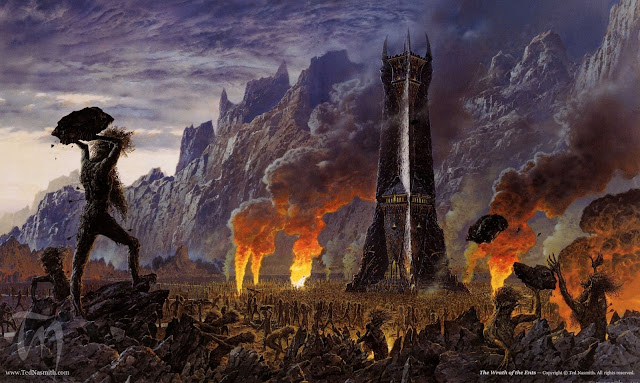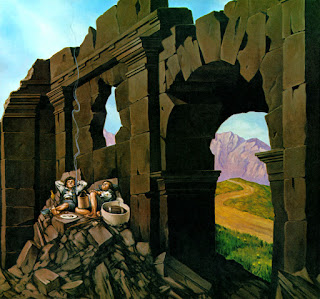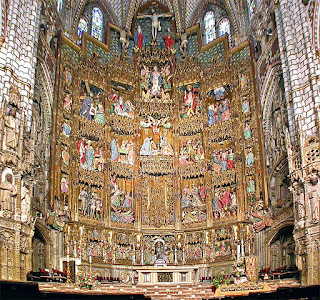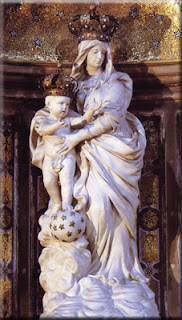As the 500th All Souls' Eve since the outbreak of the Reformation approaches, it is worth remembering Leo X's bull Exsurge Domine, which offered Luther the opportunity to recant his positions in Rome after listing numerous condemned propositions of his. Beyond the pale of the pastoral opening to the document, the pope's concern for "pious ears", and the generally practical nature of the bull (the mendicant order priors who served as ghost writers went about it the right way), what is most stunning are the statements of Luther, extracted from his tracts, sermons, and pamphlets, that actually required condemnation. One reads them and wonders if Luther's scruples resulted from an inner psychosis that required the world to be logically consistent with his own talents and short-comings. Perhaps in modern psychology Luther would fall somewhere on the Autism spectrum; in this regard he is not unlike the assiduous and scrupulous St. Teresa of Avila, whose life ended in a remarkably different fashion.
Among the ideas Leo condemned are:
- It is a heretical opinion, but a common one, that the sacraments of the New Law give pardoning grace to those who do not set up an obstacle.
- By no means may you presume to confess venial sins, nor even all mortal sins, because it is impossible that you know all mortal sins. Hence in the primitive Church only manifest mortal sins were confessed.
- No one ought to answer a priest that he is contrite, nor should the priest inquire.
- Indulgences are necessary only for public crimes, and are properly conceded only to the harsh and impatient.
- Excommunications are only external penalties and they do not deprive man of the common spiritual prayers of the Church.
- Christians must be taught to cherish excommunications rather than to fear them.
- If the pope with a great part of the Church thought so and so, he would not err; still it is not a sin or heresy to think the contrary, especially in a matter not necessary for salvation, until one alternative is condemned and another approved by a general Council.
- In every good work the just man sins.
- A good work done very well is a venial sin.
- To go to war against the Turks is to resist God who punishes our iniquities through them.
- No one is certain that he is not always sinning mortally, because of the most hidden vice of pride.
- Free will after sin is a matter of title only; and as long as one does what is in him, one sins mortally.
- The souls in purgatory are not sure of their salvation, at least not all; nor is it proved by any arguments or by the Scriptures that they are beyond the state of meriting or of increasing in charity.
- The souls in purgatory sin without intermission, as long as they seek rest and abhor punishment.
- The souls freed from purgatory by the suffrages of the living are less happy than if they had made satisfactions by themselves.
Dissenters, at least the honest ones, will admit that what they find objectionable is rarely something they detest in a vacuum. More often than not, religious dissent, like political rebellion, is born out of restrictions existing systems put on one's manner of life. What restrictions did open contrition for sin, good deeds, resisting the Turk, and Conciliar doctrines place on Brother Martin?














